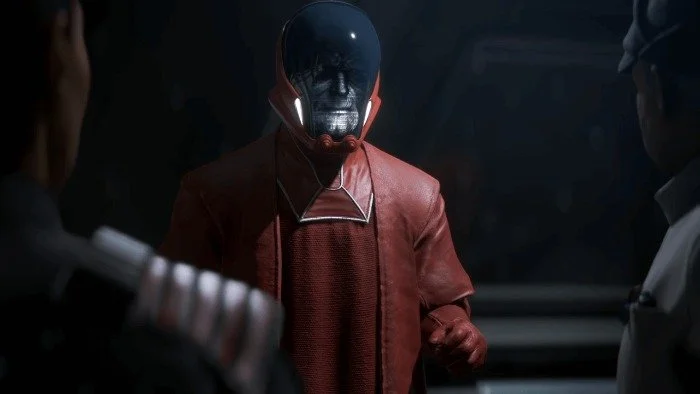Why The Empire Falling In One Year Makes Sense
Image Source:
One year, that is how long it took to wipe away the official state of the Empire after the Battle of Endor. A regime of billions of soldiers, thousands of ships, and expansion across an entire galaxy took nothing more than one year to wholly wipe away leaving only scattered cells and remnants. How did this happen, one might ask? How does the most dominant power in the galaxy far, far away break so quickly after the loss of its Emperor at a battle that wasn’t even in the heart of Imperial territory?
Many fans were skeptical when this information was told in the Aftermath Trilogy during the early years of the new canon. It seemed odd that an Empire would be destroyed so easily, considering how in Legends, it was a few years after Endor for the Empire to lose a sizable portion of the galaxy to the New Republic, let alone the capital Coruscant. Well, if one looks at the great history of the Galactic Empire from inception to downfall, one can see that it sewed the seeds of its own destruction a long time ago.
RELATED:
Centralization Of Power
Image Source: starwars
The Empire, at the end of the day, isn’t about institutions or balance of power. It is about one single individual, one single leadership. The Empire was created solely to serve the purpose of Palpatine and, in some aspects, the Sith itself. Palpatine made it so that all power was concentrated in his hands and his inner circle. Any institutional support the Empire had was easily curved or eventually dismantled in favor of individuals directly loyal to him.
Everything in the Empire, in one way or another, relied upon the Emperor. In order to be off, you had to obey the Emperor, a high-ranking Admiral the Emperor. Of course, this allowed the governors and Grand Moffs of these systems to run these mini-Empires and do as they will, but all of it was because of sole loyalty to the Emperor and nothing else. The construction and completion of the Death Star and the disabling of the Senate would have been the culmination of such a policy had it not been destroyed.
In many ways, Palpatine centralized and regionalized his Empire in a bizarre mishmash of bureaucracy and competing organizations. Palpatine himself did little direct work but tended to have rival competing organization work on the same process. This created a bizarre governmental structure where everything depended on the Emperor to be the focal point of guidance and policy for the Empire. Without that focal point, there was no one to give direction to the Empire, and everyone began to turn against one another.
Fear, Not Popularity
The Empire was never a popular government throughout most of its reins. Early on, many accepted it because of the horrors of the Clone Wars. However, whatever goodwill the Empire had was squandered quickly due to their overreach, oppressive ways, and just brutality. Several local systems hated the Empire and were only kept in line for fear of the destruction they could cause. But deep down, these planets yearned to revolt and only needed sparkle to light a fire that could take the entire Empire down.
This spark would become, in various rebel activities that would grow into the great Rebel Alliance. All of this culminated in the final battle of Endor, which saw the end of not just a mass of the Imperial war machine but the death of the Emperor itself.
So when the people of the galaxy felt the fear lifted from them, they dared to rise up and go against the Empire.
An Empire Of Cinder
Image Source: thenerdstash
Finally, the Empire’s ultimate failure was because of the Emperor’s ultimate revenge against his own Empire. Palpatine was a spiteful individual, and predicting a possible death, he enacted a plan that would lead to the destruction of his Empire, Operation Cinder, by having loyalists destroy infrastructure and worlds that were considered the most loyal sheerly for revenge. Such chaos, orchestrated by loyal protégé
Gallius Rax prevented any alternative leadership from gaining traction
Palpatine ensured that no one would survive his Empire after his demise, and because of that, when the chaos gripped the Empire, the Emperor from beyond the grave put more fuel to that fire. He, in a way, helped the galaxy dismantle his regime but caused chaos and destruction along with the revolters, New Republic forces, and others.
Thus many factors laid the foundations for the fall of the Empire, from the ineffectiveness of those serving it to Palpatine’s own vanity. What many considered a mighty force to be reckoned with turned out to be a house of cards that, when shaken, easily collapsed, and only in a single year.
READ NEXT:















